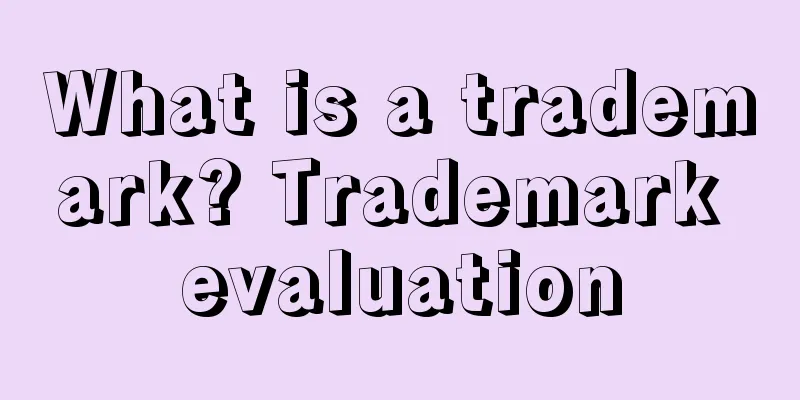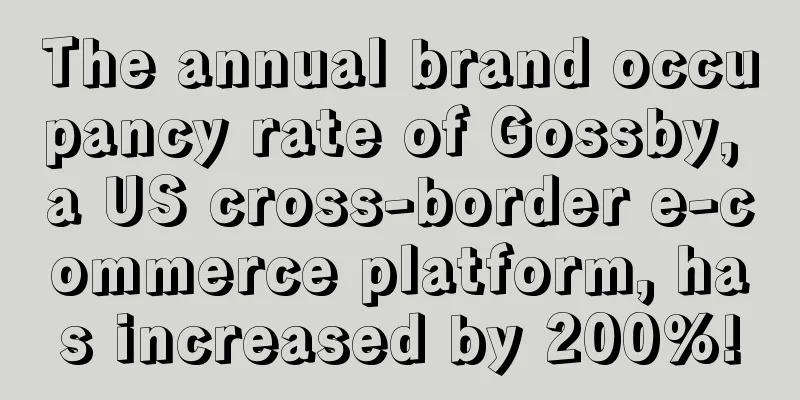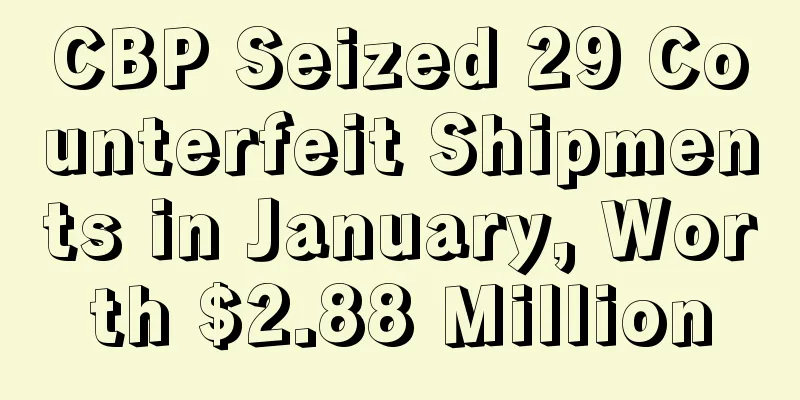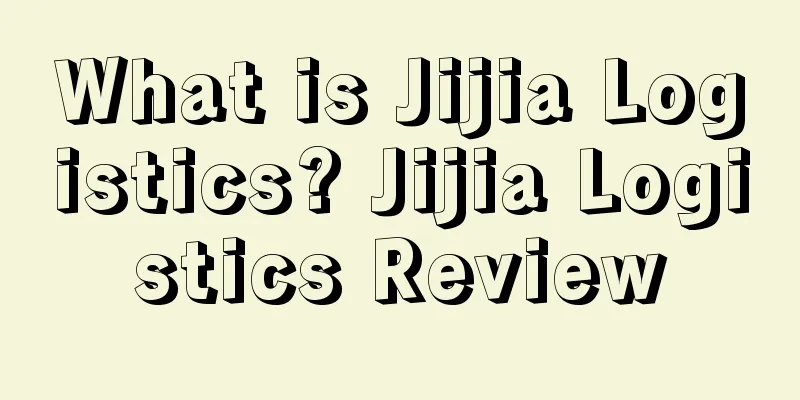What is a trademark? Trademark evaluation

|
A trademark is a distinctive mark that identifies a product, service, or a specific individual or company related to it. It can be represented by graphics or text, or by sound, smell, or three- dimensional image . mark In countries that use trademark registration, such as the United States, the graphic "®" indicates that a trademark has been registered and protected by law, which is called the "Principal Register". The graphic "™" is often used to refer to a mark that has not been registered but is used as a trademark. It is only descriptive in nature and can apply for a "supplemental register" to avoid confusion with other similar trademark registrations in the future. However, the use of the mark is not limited to whether the trademark has been registered. In addition, there is the service mark "℠". Currently, in the trademark laws and regulations of the two sides of the Taiwan Strait and Hong Kong and Macau, mainland China has clear regulations on “®” and the Chinese-language “注”, but Hong Kong and Taiwan do not. origin The origins of trademarks date back to ancient times when craftsmen stamped their signatures or "marks" on their artwork or practical products. These marks evolved into today's trademark registration and protection system. This system helps consumers recognize and purchase a product or service because the nature and quality of the product or service indicated by the trademark meets their needs. The earliest trademark in China was the "White Rabbit Logo" used by Liujia Kungfu Needle Shop in Jinan, Shandong during the Northern Song Dynasty. It is no different from modern trademarks. On August 4, 1904, China's first trademark law, the "Regulations on Trial Registration of Trademarks", was promulgated. effect The manufacturer or operator of a product or service provider uses the trademark to distinguish the source of the product or service they produce, manufacture, process, select or distribute, or the service provider uses the trademark to distinguish the source of the product or service they provide. The trademark registrant enjoys the exclusive right to use the trademark and also has the right to authorize others to use the trademark in exchange for compensation. Generally speaking, a trademark has the following three functions: 1. Indicates origin or ownership; 2. ensure that the goods or services have the same level of quality or characteristics, and; 3. For advertising purposes. In a broad sense, trademarks are a reward to trademark registrants, which enables their goods or services to gain recognition and economic benefits. Trademarks also encourage creativity and positive attitudes. Trademark protection can also prevent unfair competitors such as counterfeiters from using the same or similar marks to promote inferior or different products or services. The trademark system is mainly to maintain fair competition in the market, enabling skilled and enterprising people to produce and sell goods and services under the fairest possible conditions, thereby promoting the development of international trade. register Trademarks do not have to be registered. Unregistered trademarks may also receive some protection after being put into commercial use, depending on local laws. However, registered trademarks can receive more protection. Types of registration Almost anything can be registered as a trademark. A trademark can be words, letters and numbers, or a combination of them. A trademark can be made up of graphics, colors, symbols, stereograms (such as the shape and packaging of goods), sound marks (such as musical sounds or voices), fragrances or distinctive colors, including domain name registrations, and combinations of the above elements, all of which can be applied for registration as trademarks. A trademark that has been approved for registration by the state is a "registered trademark" and is protected by law. A trademark protects the trademark registrant by ensuring that the trademark registrant has the exclusive right to use it to identify goods or services, or to license others to use it for remuneration. In addition to trademarks that indicate the commercial origin of goods or services, there are other types of trademarks. Collective marks are owned by an association whose members use the collective mark to indicate that they meet certain quality standards and other requirements determined by the association. Representative of these associations are the Institute of Accountants, the Institute of Engineers, or the Institute of Architects. Certification marks are marks used to certify that certain specified standards have been met, but are not limited to use by any member. Anyone who submits proof that the product meets certain specified standards can obtain a certification mark. For example, the British mark "Stilton" for cheese is a certification mark. Registration Process First, an application for trademark registration must be filed with the appropriate national or regional trademark office and must include a clear representation of the sign being registered, including any colors, shapes, or three-dimensional features. The application must also include a list of the goods or services for which the sign will be used. The sign must meet several conditions to be protected as a trademark or other type of mark. The sign must be distinctive enough to allow consumers to distinguish it as a sign identifying a specific product and from other marks identifying other products. The sign must not mislead or deceive consumers or violate public order or public morals. Finally, the trademark rights applied for must not be identical or similar to those already granted to another trademark registrant. This can be determined through a search and examination by the national office, or through an objection filed by a third party who claims similar or identical rights. For example, trademark registration in mainland China adopts an examination system, which requires two processes: formal examination and substantive examination. There are two ways to register internationally. One is to apply for trademark registration directly in the country where the trademark is registered, and the other is to register the trademark internationally and extend it to other countries. When extending the territory of international trademark registration, it is important to note that the extension application must not be rejected by the member country to which the extension is to be made within the prescribed period. Only then will the trademark be protected in that member country in accordance with the agreement. Protect The duration of trademark protection varies from country to country, but after the expiration of the period, the trademark can be renewed as many times as necessary by paying additional fees. Trademark protection is implemented by courts or administrative agencies. In most systems, courts and administrative agencies that manage trademarks have the power to stop trademark infringements. Generally speaking, court decisions are final. Scope of protection Almost all countries in the world register and protect trademarks. Each national or regional office has a trademark register, which contains all application information about all registrations and renewals, for examination, search and possible opposition or assessment by third parties, but the effect of trademark registration is limited to one country (or, in the case of regional registration, several countries) involved. In order to avoid the situation where it is necessary to register separately in each national or regional office, the World Intellectual Property Organization implements an international trademark registration system. There is currently a so-called national register that can be used to query which countries have registered trademarks. The basis of this system is two treaties, namely the Madrid Agreement Concerning the International Registration of Marks and the Madrid Protocol. Anyone who has some connection with a member country of one or both treaties (through nationality, residence or business establishment) can obtain an international registration that is effective in some or all other countries of the Madrid Union based on a registration or application made in the trademark office of that country. At present, more than 60 countries have participated in one or both agreements. Forms of protection If you go to court to protect your trademark, there are generally two types of causes of action: one is trademark infringement, and the other is trademark dilution. References |
<<: What is a patent invalidation search? Patent invalidation search review
Recommend
What is Thirstii? Thirstii Review
Thirstii is the leading buyer of Amazon Business i...
What is Tiu.ru? Tiu.ru Review
Tiu.ru was founded in 2008 and is one of the large...
What is DOTD (Deal of the Day)? DOTD (Deal of the Day) Review
DOTD ( Deal of the Day ) is a free flash sale even...
In 2020, I decided to give up Amazon
The period between New Year's Day and the Spr...
What is a provisional patent application? Provisional patent application evaluation
A Provisional Patent Application (PPA) is a docume...
Medical epidemic prevention supplies are under martial law! From April 1, the export of medical epidemic prevention supplies requires customs registration!
Starting from April 1st! New regulations for expor...
Pure white hat operation on Amazon, how to quickly get 30-50 positive reviews, how to get a high conversion rate without any reviews?
1. How to get 30-50 positive reviews without any ...
Amazon and Deliveroo team up to offer Prime members free delivery for a year!
It is learned that Amazon recently announced an ag...
What is TheLorry? TheLorry Review
TheLorry was founded in 2014 and is a logistics ma...
UPS shifts focus to returns and bulky shipments to expand market
It is learned that on April 23, according to forei...
What is Guomao Supply Chain? Guomao Supply Chain Evaluation
Zhejiang Guomao Supply Chain Service Co., Ltd. is ...
What is BidorBuy? BidorBuy Review
BidorBuy is an important online shopping mall in S...
Another massive action! 18,000 Costco employees plan to strike
It is learned that recently, according to foreign ...
The US epidemic has not eased yet! Amazon postpones Primeday
After last week's exponential surge, the cumu...









